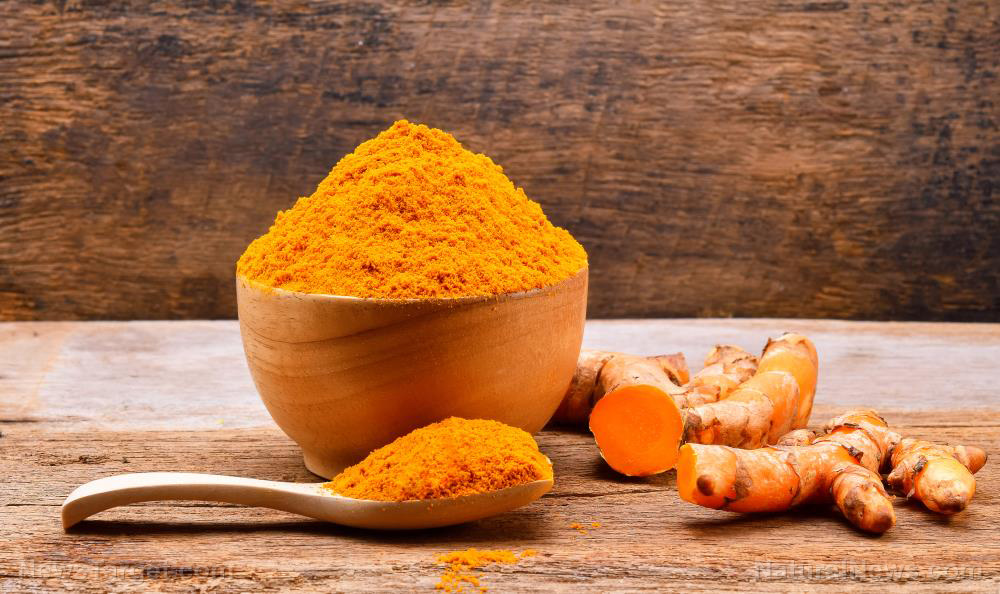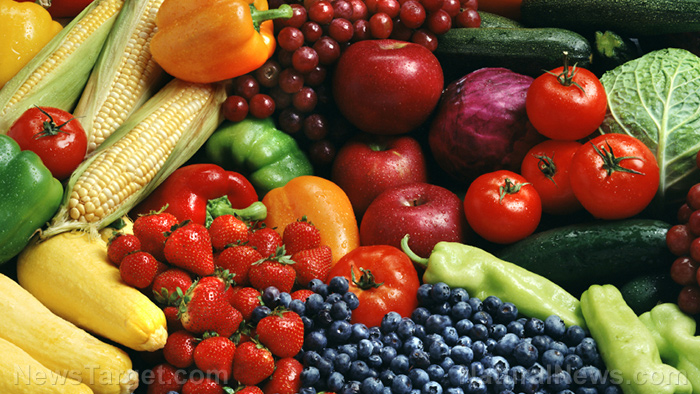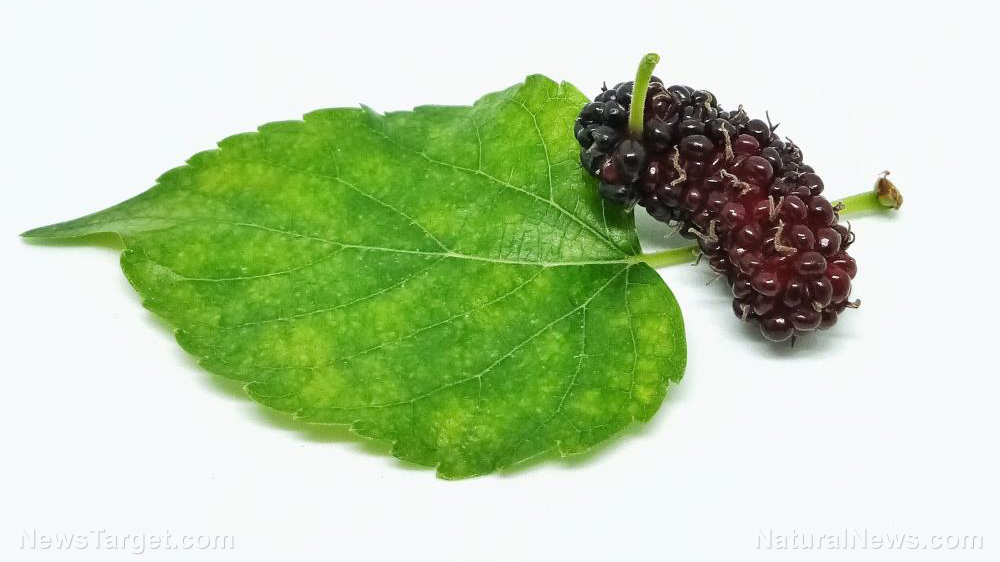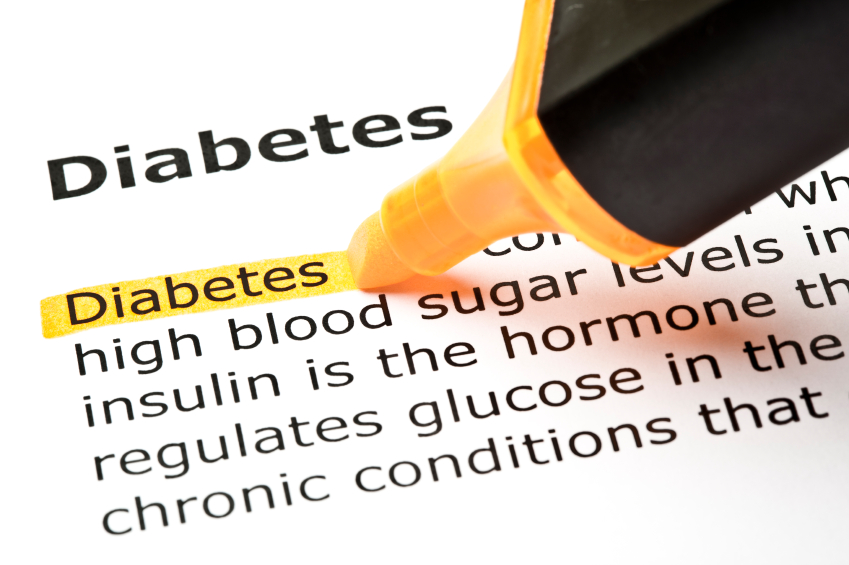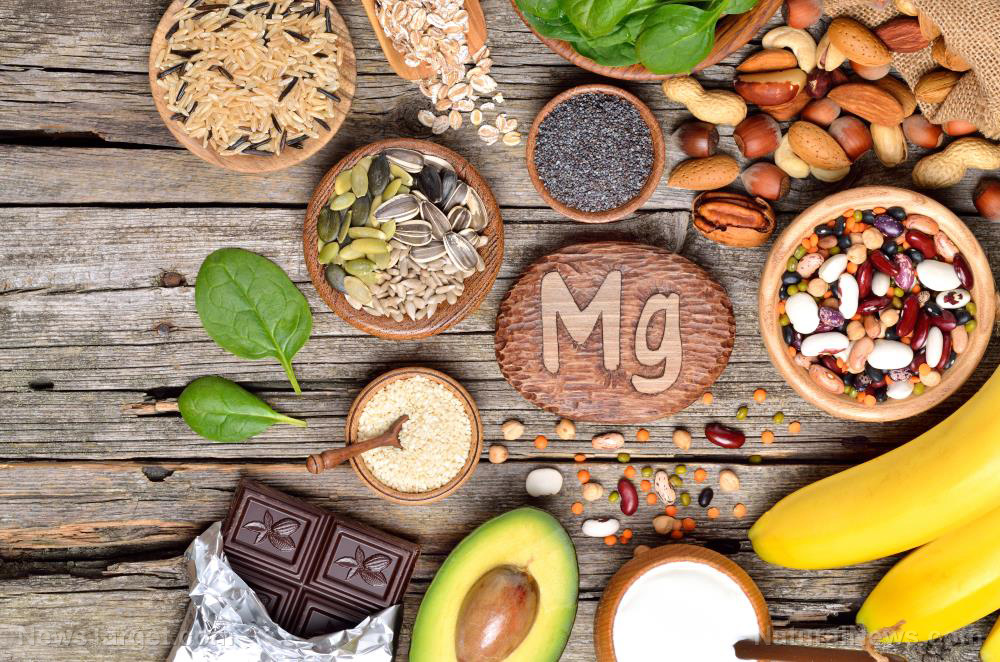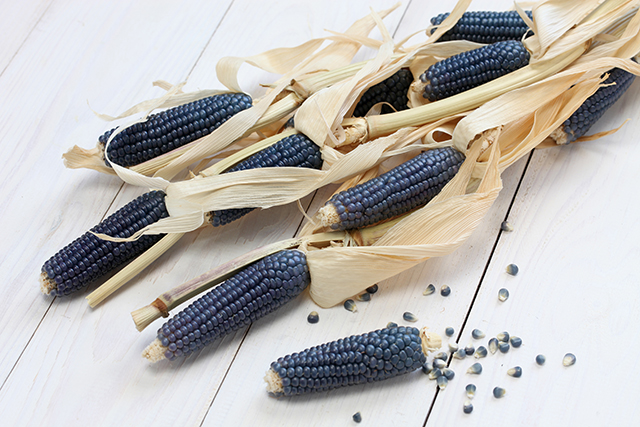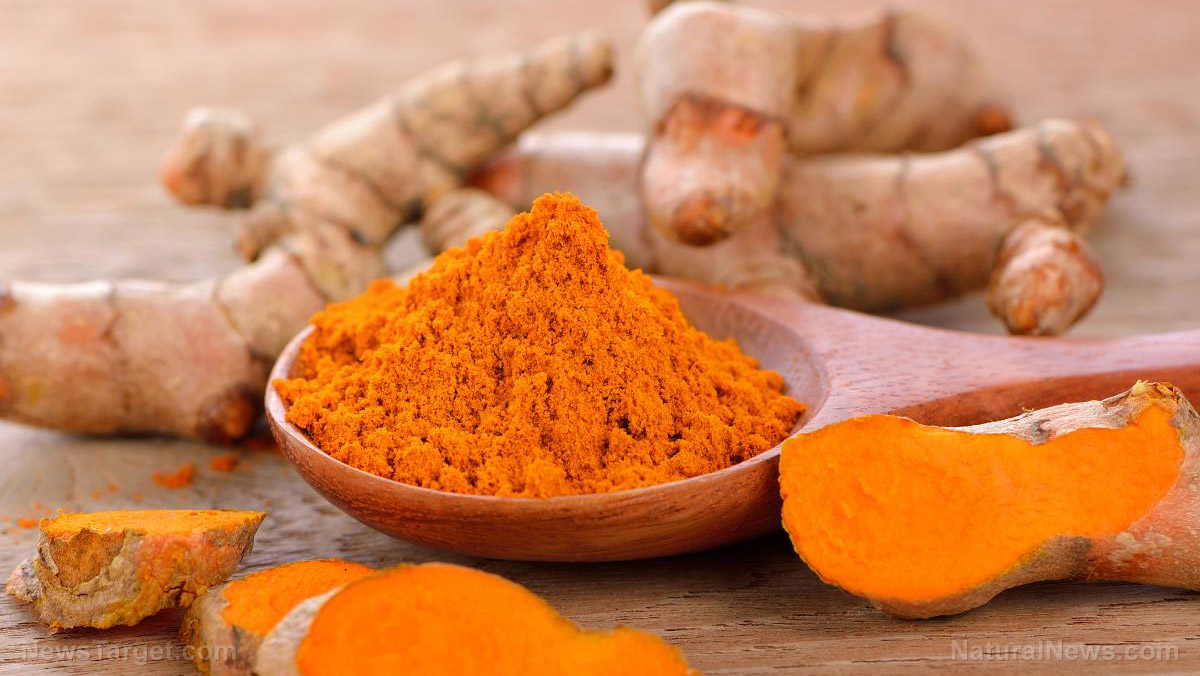Diet is the strongest predictor of Type 2 diabetes, new study proves
10/08/2018 / By Rhonda Johansson

Forget nature vs. nurture in the debate on Type 2 diabetes. A team from the Chalmers University of Technology has developed a pioneering method which demonstrated how diet is the strongest predictor of this metabolic condition. Researchers observed that biomarkers collected from blood samples indicated a direct relationship between food and health. A major implication of the study is that Type 2 diabetes is an acquired disease; that is, one that is gained through a person’s actions alone and with hardly any influence from genetics. However, this also means that the illness is a highly preventable one.
To reach this conclusion, the team gathered nutrient biomarkers (molecules measured in the blood) from 600 women in Gothenburg, Sweden and compared these to their diet over the course of five and a half years.
The results proved what common sense already dictates: whole grains, vegetable oils, and vitamin E decreased the risk or severity of the disease, while red meat and saturated fat exacerbated the condition. What makes this new study novel is that researchers were able to reach these results without confounding factors.
“Collecting information about diet can be complicated and time consuming, and is always biased by what people remember and think they should report,” explained co-author Associate Professor Alastair Ross on Science Daily. “Dietary biomarkers don’t have this problem, and highlight that dietary recommendations to avoid red meat and saturated fat and increase intake of plant-based oils and whole grains do seem to hold true, at least in this group of women.”
The blood samples were taken and analyzed at Chalmers, creating a unique metabolic fingerprint for each woman. The signature could be linked to the specific time the sample was taken as well as the nutritional profile of the participant at any given period. This method marks the first time scientists could objectively determine how much dietary components influence diabetes risk and its progression. (Related: Jumpstart your pancreas: New research shows how to reverse type-2 diabetes with a low calorie diet.)
“New methods such as ours will help to improve how we measure diet and understand in more detail how dietary patterns relate to disease,” concluded Ross.
The dietary changes you need to make
Preventing or managing this condition is simple, though perhaps it has become harder because of it. People often assume that there is a magic pill that can be taken, a cop-out to beginning the journey to a healthier lifestyle. If you are truly serious about this endeavor though, take note of the four dietary changes you need to make now. (h/t to HSPH.Harvard.edu.)
- Choose whole grains — A whole pool of research supports the idea of switching highly-processed carbohydrates with their whole grain counterparts. It has been observed that people who ate an average of two to three whole grains a day were 30 percent less likely to develop Type 2 diabetes than those who rarely consumed grains. Whole grain products benefit the body in many ways but play an important role for diabetics by keeping blood glucose levels stable.
- Forego the sugary drinks — Drink more water instead. Not surprisingly, people who consumed one or more sugar-sweetened beverages per day had a 83 percent higher risk of developing Type 2 diabetes.
- Understand the difference between good fats and bad fats — Simply eliminating all fats from your diet is irresponsible and dangerous. Good fats, which include the polyunsaturated versions found in many vegetable oils, can play a key role in preventing the disease. There is also a wealth of evidence that proves using omega-3s to alleviate certain symptoms associated with Type 2 diabetes.
- Limit red meat intake — Eating red or processed meat increases the risk of Type 2 diabetes, even when they are taken in small amounts. One study concluded that a daily intake of three ounces of red meat (that’s roughly eating a steak the size of a deck of cards) increased diabetes risk by 20 percent.
Like what you’re reading? You can find more articles on diabetes when you visit DiabetesScienceNews.com.
Sources include:
Tagged Under: diabetes, diabetes prevention, diabetes risk, diet, disease prevention, ingredients, natural cures, nutrients, proper diet, Type 2 Diabetes, Whole Foods

